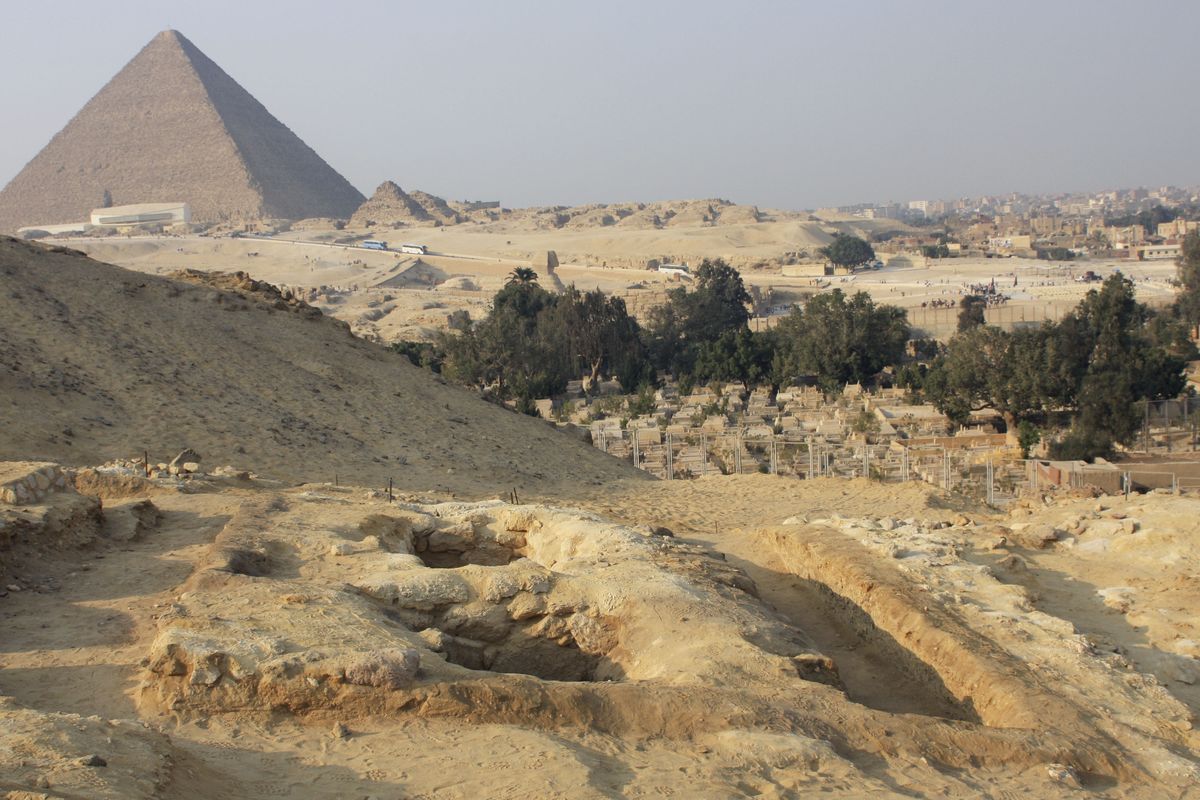Pyramid workers’ tombs found
Finding gives new insight on lives, deaths of laborers

CAIRO, Egypt – Egyptian archaeologists discovered a new set of tombs belonging to the workers who built the great pyramids, shedding light on how the laborers lived and ate more than 4,000 years ago, the antiquities department said Sunday.
The thousands of men who built the last remaining wonder of the ancient world ate meat regularly, worked in three-month shifts and were given the honor of being buried in mud brick tombs within the shadow of the sacred pyramids they worked on.
The newly discovered tombs date to Egypt’s 4th Dynasty (2575 B.C. to 2467 B.C.) when the great pyramids were built, according to the head of Egypt’s Supreme Council of Antiquities, Zahi Hawass.
Graves of the pyramid builders were first discovered in the area in 1990, he said, and discoveries such as these show that the workers were paid laborers, rather than the slaves of popular imagination.
“These tombs were built beside the king’s pyramid, which indicates that these people were not by any means slaves,” said Hawass in the statement. “If they were slaves, they would not have been able to build their tombs beside their king’s.”
Evidence from the site, Hawass said, indicates that the approximately 10,000 laborers working on the pyramids ate 21 cattle and 23 sheep sent to them daily from farms in northern and southern Egypt.
He added that the workers were rotated every three months and the burial sites were for those who died during the construction.
Further grave sites were found around the main tomb, including burial shafts containing skeletons and clay pots.